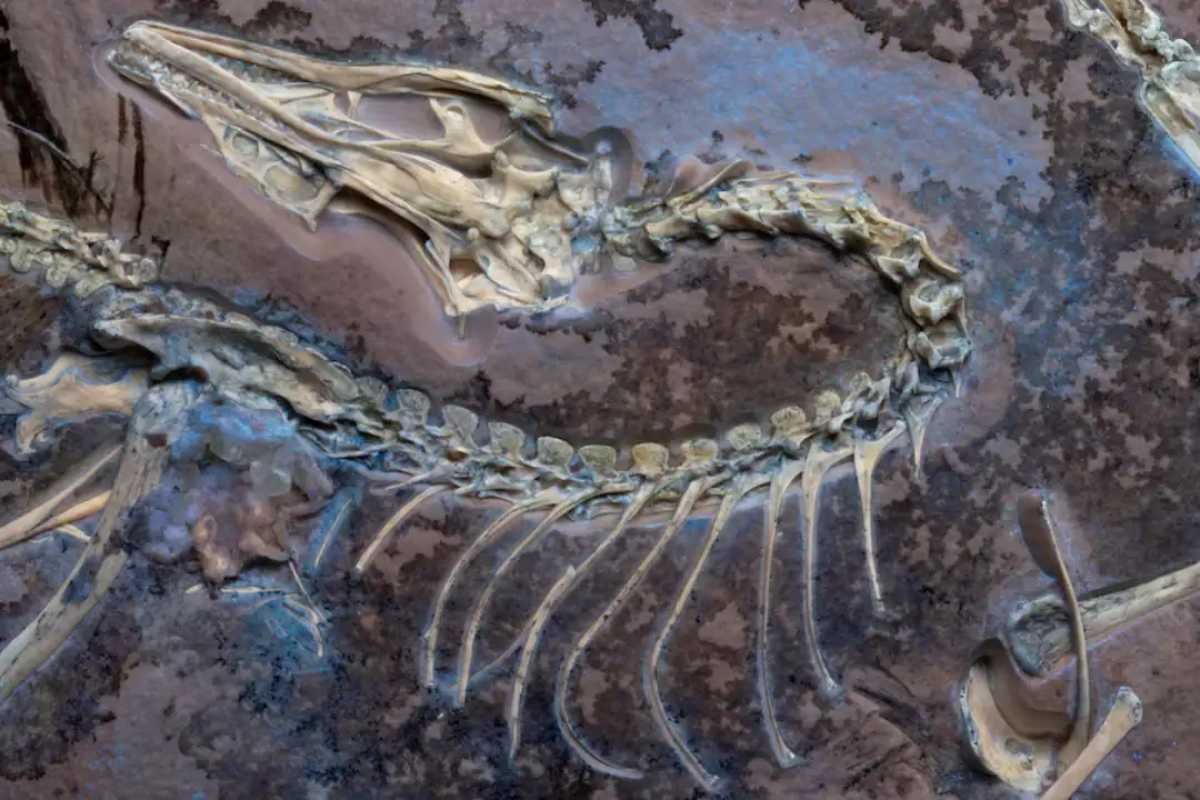In an extraordinary breakthrough, scientists have discovered a massive dinosaur graveyard bonebed in Alberta, Canada, containing thousands of remarkably well-preserved fossils. Located at Pipestone Creek, a site ominously nicknamed the “River of Death,” the graveyard is believed to date back approximately 73 million years. The fossils primarily belong to Pachyrhinosaurus, a horned herbivore related to Triceratops, offering a rare snapshot of a single dinosaur species frozen in time.
Researchers describe this finding as one of the largest and most significant dinosaur mass graves ever uncovered in North America. The discovery provides scientists with a rare opportunity to study a complete dinosaur community from a singular moment in history something seldom captured in the fossil record. The preservation quality and fossil density promise to reshape our understanding of dinosaur behavior, migration patterns, and ecological dynamics during the late Cretaceous period.
Bone Density and Fossil Variety Reveal Clues About Ancient Catastrophe
The excavation at Pipestone Creek has astonished paleontologists with its sheer fossil density. According to Professor Emily Bamforth, who leads the dig, the site is “jaw-dropping” with bones stacked in layers, forming a compact bed that extends more than a kilometer. In just a tennis-court-sized section, researchers have recovered long bones believed to be ribs, toe fragments, and even parts of dinosaur hips.
This concentration hints at a catastrophic event that wiped out a massive herd in a single moment. Professor Bamforth suggests that a flash flood may have overwhelmed the Pachyrhinosaurus herd during a seasonal migration. Such an event could explain why so many of the same species died together and were preserved in close proximity.
Adding a practical twist to the dig, Bamforth is accompanied by her dog, Aster, who helps alert the team to nearby wildlife, including potential bear encounters. The unique mix of discovery, danger, and mystery has made Pipestone Creek a paleontological treasure trove. Many of the unearthed fossils remain partially unidentified, adding further intrigue to an already remarkable site.
Research Continues on One of North America’s Largest Fossil Beds
While the excavation has already produced about 8,000 fossils, scientists have only scratched the surface. The full extent of the bonebed stretches over a kilometer, suggesting that years of work remain. All fossils from the Dinosaur Graveyard are being carefully extracted and transported to the Philip J. Currie Dinosaur Museum for cleaning and analysis.
This ongoing project is expected to significantly expand knowledge about Pachyrhinosaurus, as well as other herbivorous species such as Edmontosaurus, also found in the area. Researchers are hopeful that the massive sample size uncovered at this Dinosaur Graveyard, virtually unprecedented in paleontology, will shed new light on population dynamics, anatomical variation, and dinosaur ecology.
Originally discovered in 1973 by a local science teacher, Pipestone Creek continues to astound scientists more than 50 years later. As excavation and analysis progress, this Dinosaur Graveyard could provide some of the most detailed insights yet into the world of dinosaurs and the forces that once shaped their existence.
Visit more of our blogs! The Lifesciences Magazine.







